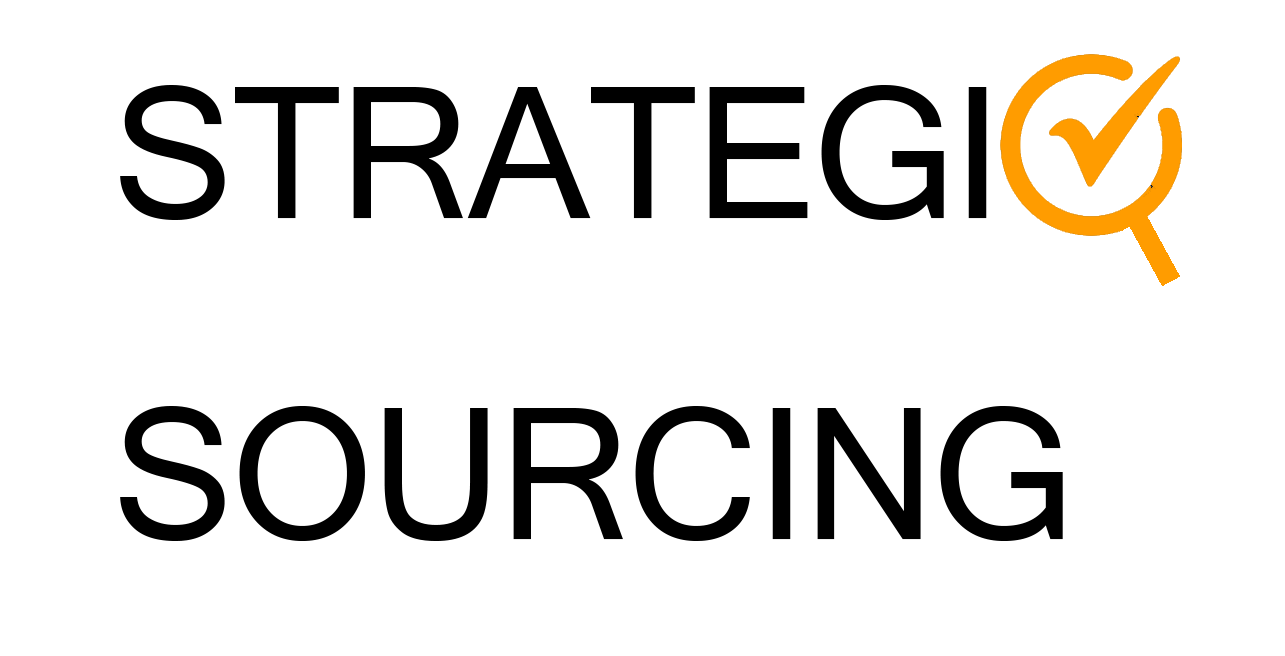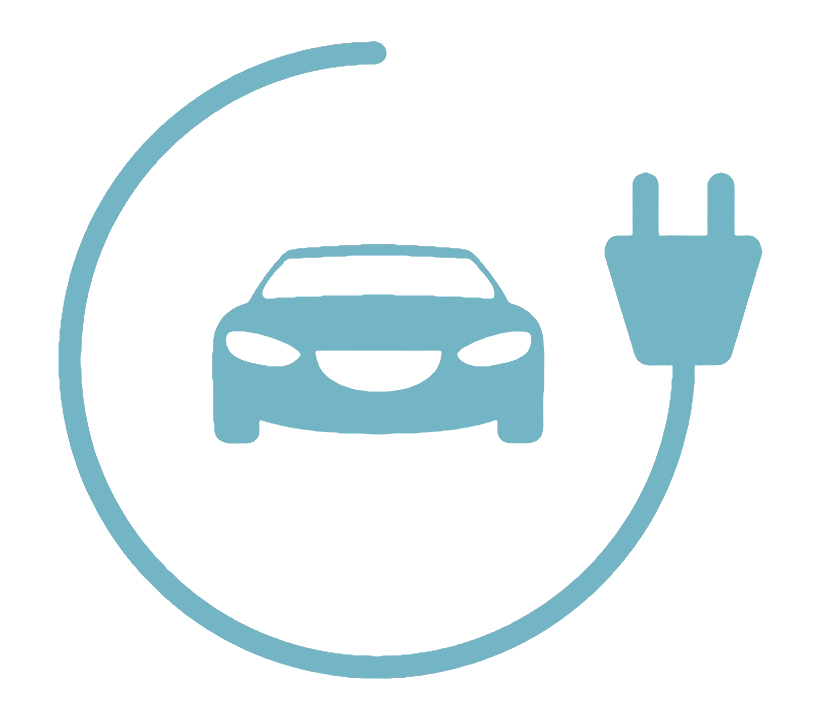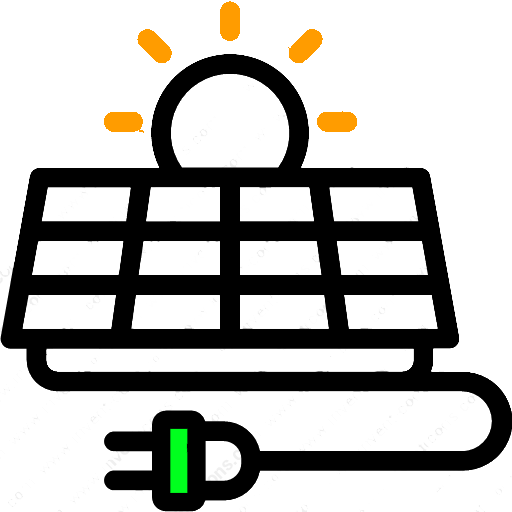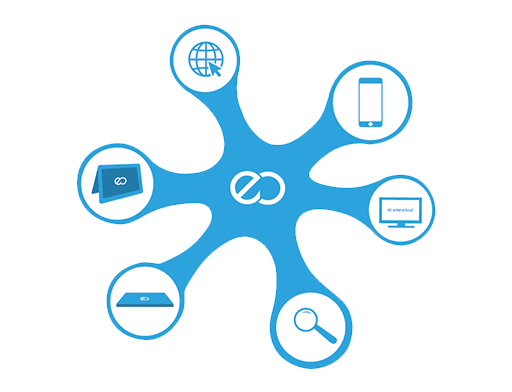Sourcing is an essential aspect of any business, particularly for those who want to import products from foreign countries. However, it can be a challenging task to source products from a foreign supplier, mainly due to language barriers, cultural differences, and the complexity of the sourcing process. Therefore, businesses often rely on sourcing agents to help them in this process. In this article, we will discuss what sourcing agents are, the benefits of using them, and the steps to choose the right one for your business.
What is a Sourcing Agent?
A sourcing agent is a professional who works as a representative of a client to find, negotiate, and coordinate the purchase of goods from suppliers in a foreign country. They help businesses navigate the complexities of the sourcing process, including finding the right suppliers, negotiating prices and contracts, quality control, and logistics.
Benefits of Using a Sourcing Agent:
Using a sourcing agent can offer many benefits for businesses, including:
1.Access to a Network of Suppliers: Sourcing agents have an extensive network of suppliers that they work with regularly, which can help you find the right suppliers faster and save time.
2.Reduced Costs: Sourcing agents have significant negotiating power with suppliers, which enables them to provide the best possible prices to their clients.
3.Quality Control: Sourcing agents can help ensure that the products meet your quality standards before they are shipped to you.
4.Language and Cultural Barriers: Sourcing agents can break down language and cultural barriers, enabling you to communicate with suppliers more effectively.
5.Logistics and Shipping: Sourcing agents can help with logistics and shipping, ensuring that your products reach your destination quickly and safely.
Steps to Choose the Right Sourcing Agent:
Choosing the right sourcing agent can be a daunting task, but following these steps can help you make an informed decision:
1.Define Your Sourcing Requirements: Define your sourcing requirements, including product specifications, quantity, quality, budget, and delivery time.
2.Research Potential Sourcing Agents: Research potential sourcing agents by looking for reviews, testimonials, and referrals online.
3.Check their Experience: Check the experience of the potential sourcing agents in your industry and the country you want to source from.
4.Communication Skills: Check their communication skills in your language and the language spoken in the country where you want to source your products.
5.Negotiating Skills: Check their negotiating skills and their ability to get the best possible prices and contracts for you.
6.Quality Control Procedures: Check their quality control procedures, including their inspection and testing processes.
7.Cost and Fees: Compare the cost and fees of potential sourcing agents and choose the one that fits your budget.
8.Sample Contract: Request a sample contract from the sourcing agent and evaluate their cancellation policy, warranty, and liability clauses.
Conclusion:
In conclusion, using a sourcing agent can be an effective way to improve the efficiency of your sourcing process while reducing costs and risks. By following the steps outlined in this article, you can choose the right sourcing agent for your business and enjoy the many benefits they offer.
How to Ship Products from China? Review of Most Common Shipping Methods
1.Air Freight: This is the fastest and most efficient shipping method for smaller shipments. Air freight is suitable for urgent deliveries as it only takes a few days to transport goods from China to your country. However, it is more expensive than sea freight.
2.Sea Freight: This is the most common mode of transportation for shipping goods from China to other countries. It is cost-effective for large and bulky shipments as it can carry goods in large volumes. However, it takes a longer time to transport goods by sea, typically 4-6 weeks.
3.Express Delivery: Express delivery is the fastest way to transport goods from China to other countries. This shipping method is suitable for small and medium-sized packages that require urgent delivery. However, it is more expensive than air and sea freight.
4.Railway Freight: Railway freight is an alternative to sea and air freight. It is a cost-effective shipping method for large and heavy goods, but it takes a longer time than air freight. It is suitable for middle and long distances.
5.Courier Services: Courier services are ideal for shipping small and medium-sized packages. They are faster than sea freight but slower than air freight. The cost of courier services varies depending on the weight and size of the package.
These are just a few examples of the most common shipping methods used to transport goods from China. I can provide you with more detailed information on each of these methods, along with their pros and cons, pricing, and shipping times. Please provide me with specific subtopics, and I will create an informative and detailed article that will guide readers in choosing the best shipping method for their needs.
How to Ship from China to Amazon FBA Warehouses? FAQs Are Well Answered
Shipping products from China to Amazon FBA warehouses requires careful planning and coordination. There are several factors that must be considered before shipping your products to Amazon FBA warehouses, including shipping method, packaging, labeling, and customs requirements. In this article, we will provide you with a comprehensive guide on how to ship from China to Amazon FBA warehouses. We will also answer some of the most frequently asked questions related to shipping to Amazon FBA warehouses.
Part 1: Shipping Methods
1.Air Freight
Air freight is the fastest shipping method for sending products from China to Amazon FBA warehouses. It is ideal for small and medium-sized shipments that require timely delivery. Air freight typically takes 5 – 7 days to transport goods from China to the US. The cost of air freight varies depending on the weight and size of the shipment.
2.Sea Freight
Sea freight is the most cost-effective shipping method for sending large shipments from China to Amazon FBA warehouses. It takes longer than air freight, with a typical transit time of 30 – 45 days. The cost of sea freight is significantly lower than air freight, making it an ideal shipping method for large shipments that are not time-sensitive.
3.Express Delivery
Express delivery is a fast and reliable shipping method for sending small and medium-sized shipments from China to Amazon FBA warehouses. It typically takes 3 – 5 days to transport goods from China to the US. This shipping method is more expensive than sea freight but cheaper than air freight.
4.Railway Freight
Railway freight is a new alternative shipping method for sending goods from China to Amazon FBA warehouses. It is cost-effective for middle and long distances and takes less time than sea freight. Railway freight typically takes 15 – 20 days to transport goods from China to the US.
Part 2: Packaging and Labeling
1.Packaging
Proper packaging is essential to ensure that your products arrive at Amazon FBA warehouses without damages or defects. Products must be packaged securely in boxes or containers that can withstand the handling and shipping process. The packaging must be appropriate for the type of product being shipped. For example, fragile items should be packaged with additional cushioning material to prevent breakage.
2.Labeling
Each product shipped to an Amazon FBA warehouse must have a unique barcode label. Amazon’s label requirements vary depending on the type of product being shipped. Failure to comply with Amazon’s labeling requirements can result in your products being rejected or delayed in processing. It is essential to check Amazon’s labeling requirements before shipping.
Part 3: Customs Requirements
1.Import Taxes and Duties
Import taxes and duties are fees charged by the US government for goods shipped from foreign countries. These fees vary depending on the type and value of the products being shipped. It is the responsibility of the importer to pay these fees. Amazon provides a service called the Amazon Global Import program to help sellers with customs clearance.
2.Documentation
Proper documentation is required for customs clearance when shipping products from China to Amazon FBA warehouses. Documents such as commercial invoices, packing lists, and bills of lading must be provided to customs officials. It is critical to ensure that all documents are accurate and complete to avoid delays or rejection.
FAQs related to shipping from China to Amazon FBA Warehouses
Q1. Can I ship directly from Chinese manufacturers to Amazon FBA warehouses?
Yes, you can ship directly from Chinese manufacturers to Amazon FBA warehouses. However, it is essential to use a reliable freight forwarder to handle the shipment.
Q2. Can Amazon FBA warehouses receive products in bulk packaging?
Yes, Amazon FBA warehouses can receive products in bulk packaging. However, each individual unit must be labeled with a unique barcode label.
Q3. Can I use my own packaging when shipping to Amazon FBA warehouses?
Yes, you can use your packaging when shipping products to Amazon FBA warehouses. However, you must comply with Amazon’s packaging and labeling requirements.
Q4. Can I ship hazardous materials to Amazon FBA warehouses?
Yes, Amazon FBA warehouses can receive hazardous materials. However, additional requirements and fees may apply, and you must comply with Amazon’s hazardous materials policy.
Q5. Can I track my shipment when shipping to Amazon FBA warehouses?
Yes, you can track your shipment when shipping to Amazon FBA warehouses. Most freight forwarders and carriers provide tracking information for shipments.
How to Develop A New Products from Just Ideas? Learn The Whole Process
Developing a new product based on an idea requires a well-planned and coordinated process. Idea generation is the starting point, followed by research and development, prototyping, testing, and manufacturing before finally launching the product. In this article, we will provide you with a comprehensive guide on how to develop a new product from just an idea. We will take you through each step of the process, including tips on how to ensure your product is successful in the market.
Part 1: Idea Generation
1.Brainstorming
Brainstorming is the first step in generating new product ideas. Gather a team of people who can offer diverse perspectives on the product, and discuss possible ideas. Encourage everyone on the team to contribute, and make sure that the brainstorming session is led by a facilitator who can guide the discussion.
2.Market Research
Conduct market research to identify potential product ideas that are viable in the market. Analyze market trends, consumer behavior, and competitor products to understand the needs, wants, and preferences of your target market. This research will help you develop a product that meets these needs and stands out from the competition.
Part 2: Research and Development
1.Define The Product
Define the product by outlining its features, benefits, and applications. This information will guide the development process and help you create a product that meets the needs of your target market.
2.Determine the feasibility
Determine the feasibility of the product by conducting research on the materials, technology, and manufacturing processes required. This research will help you understand the costs involved in developing and producing the product and the potential return on investment.
Part 3: Prototyping
1.Create a product prototype
Create a product prototype to test the product’s design, functionality, and usability. This prototype should be created using materials and processes that are similar to those that will be used in the final product.
2.Test the product prototype
Test the product prototype to identify any issues or flaws in the design or functionality. This testing will help you refine the product and ensure it meets the needs of your target market.
Part 4: Testing and Manufacturing
1.Conduct Focus Groups
Conduct focus groups to test the product with potential customers and obtain feedback on the design, functionality, and usability. This feedback will help you refine the product and ensure it meets the needs of your target market.
2.Choose A Manufacturer
Choose a manufacturer to produce the product. This manufacturer should have experience in producing similar products and be able to meet your production requirements and timelines.
Part 5: Launching The Product
1.Create A Marketing Plan
Create a marketing plan to promote the product to your target market. This plan should include a budget, timeline, and specific strategies such as advertising, social media, and public relations.
2.Launch the Product
Launch the product in the market and monitor its performance by tracking sales, customer feedback, and ratings. Make adjustments to the marketing plan and product development process as necessary, based on these results.
In conclusion, developing a new product from just an idea requires a carefully planned process that includes idea generation, research and development, prototyping, testing, and manufacturing. It is critical to conduct market research, focus groups, and testing to ensure that the product meets the needs of the target market and is successful in the marketplace. By following these steps and considering all aspects of the product development process, you can increase your chances of launching a successful product and growing your business.





